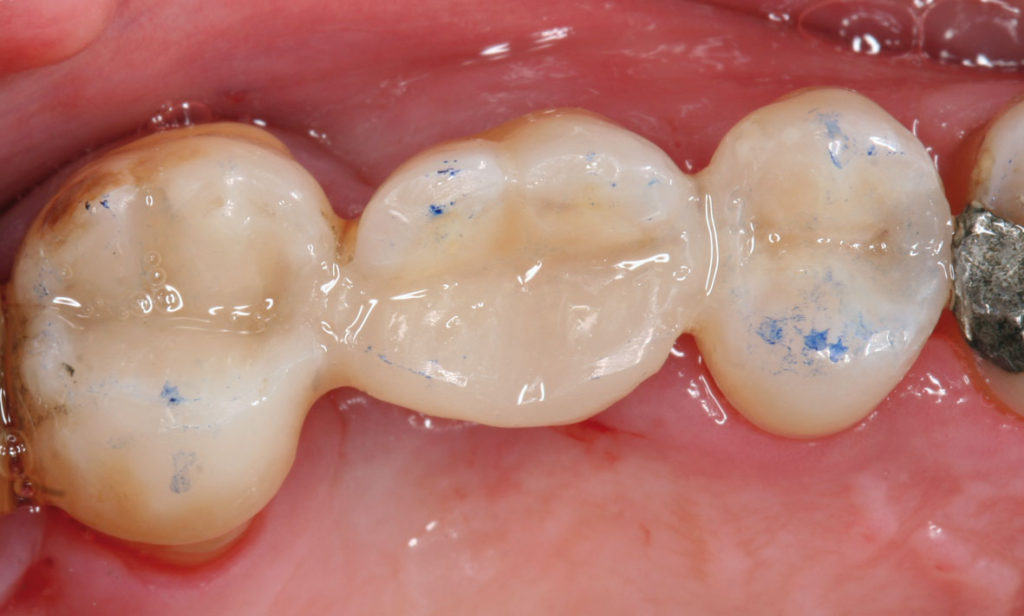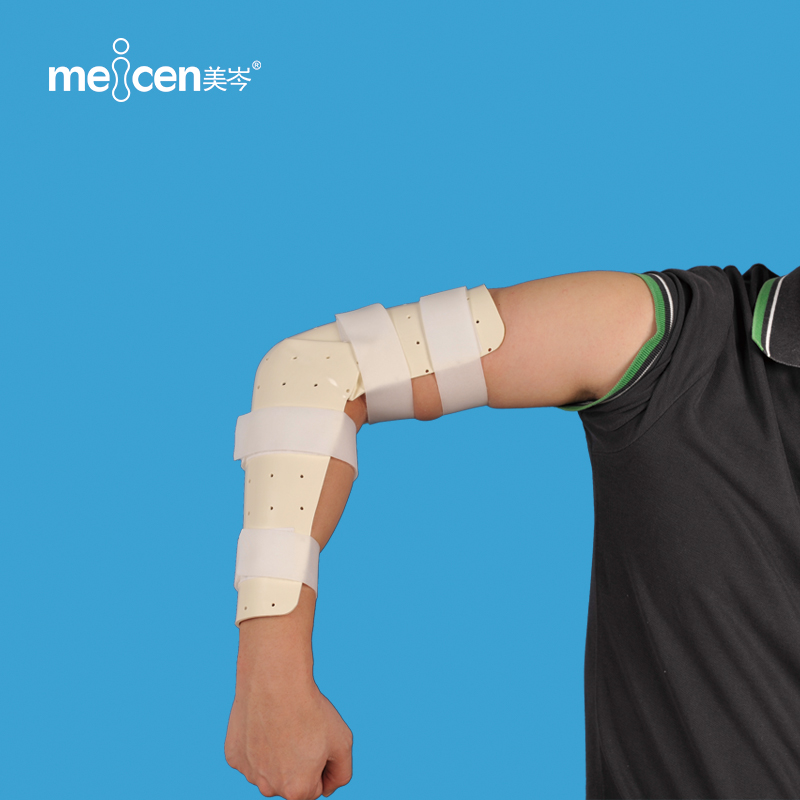

Results were compared with the mechanical properties of Plaster of Paris cast. The mechanical properties of the thermoformable PLA cast such as local displacement under a specific load, maximum load, and stress were evaluated. In this analysis, thethermoformable design was exerted with a distributed force of 400 N, which is larger than the loading conditions encountered by human in their daily life. Finite Element Analysis (FEA) method was used to assess the mechanical properties of the proposed cast. This design was initially printed in a flat shape and then transformed into a cast which can be fitted to the user’s arm by using heat and external force.

In this study, a design of ventilated structured thermoformable 3D-printed polylactic acid (PLA) cast was produced as an alternative for the 3D printed cast production method. However, the production of a 3D printed cast through normal 3D printing method is time consuming compared to conventional plaster casting. Patient specific plastic cast for broken limbs has been developed recently in pharmaceutical field through three-dimensional (3D) printing method. Patients who underwent musculoskeletal surgery and two or more surgeries had a higher risk of dementia however, there was no association with the type of anesthesia administered. The risk of dementia in the musculoskeletal and two or more surgeries groups was 1.44-fold higher (95% confidence interval (95% CI), 1.22–1.70) and 1.42-fold higher (95% CI, 1.17–1.72) than that in the control group, respectively.

The incidence rates of dementia in control, musculoskeletal, and two or more surgeries groups were 9.66, 13.47, and 13.36 cases per 1000 person-years, respectively. To identify the risk of dementia according to the type of surgery, we investigated the hazard ratio by each surgery type. Incidence rates for dementia were obtained by dividing the number of patients with dementia by person-years at risk. We performed a retrospective propensity score-matched cohort study using nationwide representative cohort sample data from the Korean National Health Insurance Service in South Korea between 20. This study aimed to investigate the incidence and risk of dementia according to the surgery type. Research to elucidate the relationship between them is scarce, and conducting epidemiological research is complicated. The relationship between dementia and surgery remains unclear.


 0 kommentar(er)
0 kommentar(er)
